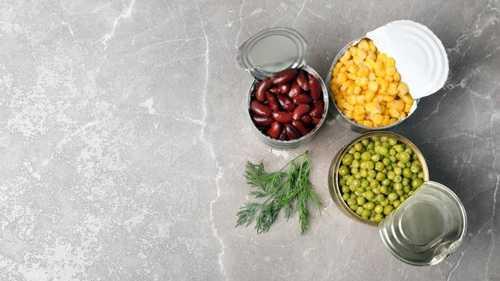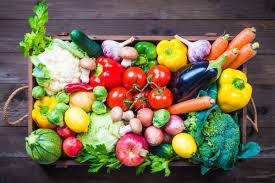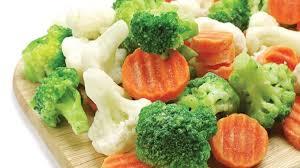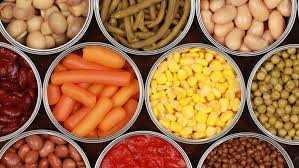Explore the World's Best Ideas
Join today and uncover 100+ curated journeys from 50+ topics. Unlock access to our mobile app with extensive features.
Fresh food nutrients
Food is most nutritious at the point of harvest. After that, fresh produce starts degrading.
Once picked, that fruit or veg is using its own nutrients to keep its cells alive. Vitamin C found in produce is also sensitive to oxygen and light.
45
515 reads
Refrigerating produce
Refrigeration slows down the process of nutrition degradation. The nutritional loss varies from product to product.
Spinach loses 100% of its vitamin C content in seven days at room temperature and 75% if refrigerated. Carrots lose 27% of their vitamin C content when stored at room temperature for a week.
However, when vegetables are frozen, including spinach, they lose significantly less vitamin C, because freezing pauses the process of oxidization.
48
431 reads
Frozen foods nutrients
As soon as produce is harvested, it's a nutritional race against time.
Frozen produce has one problem: before it's frozen, it's blanched - heating food up for a few minutes at high temperatures to inactivate enzymes that degrade texture and color. Blanching also reduces nutrient content.
44
447 reads
Canned foods
Tinned food uses a more intense heat treatment that decreases the nutrients more than frozen food. But nutrients in different kinds of produce degrade at different rates.
- Foods with mostly water-soluble nutrients, including Vitamin C and B, are highly sensitive to heat and are better fresh.
- Foods with mostly fat-soluble nutrients, like vitamin E and A, faired much better during heat treatment. Foods include carrots and tomatoes.
Although canned foods result in greater nutrient loss, it can be stable for years.
51
430 reads
IDEAS CURATED BY
"The greatest of follies is to sacrifice health for any other kind of happiness." - Schopenhauer
Aurora E.'s ideas are part of this journey:
Learn more about health with this collection
The power of gratitude and positive thinking
Ways to improve your mood
Simple daily habits for a happier life
Related collections
Similar ideas
Read & Learn
20x Faster
without
deepstash
with
deepstash
with
deepstash
Personalized microlearning
—
100+ Learning Journeys
—
Access to 200,000+ ideas
—
Access to the mobile app
—
Unlimited idea saving
—
—
Unlimited history
—
—
Unlimited listening to ideas
—
—
Downloading & offline access
—
—
Supercharge your mind with one idea per day
Enter your email and spend 1 minute every day to learn something new.
I agree to receive email updates




